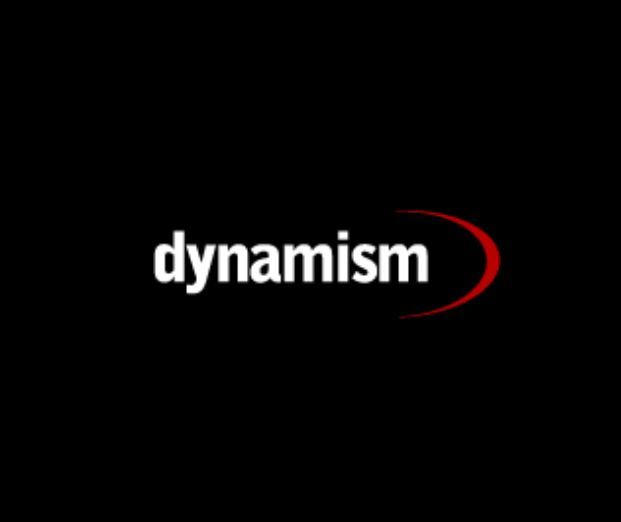
Recently I had a chance to speak with Doug Krone, the CEO of Dynamism, about the latest crisis developments.
Dynamism is a Chicago-based operation that resells 3D printers, materials, 3D scanners, laser cutters, accessories and more. They focus on the professional and lighter industrial market, as they provide gear from a number of notable vendors in the space, including Ultimaker, Rize, BigRep, Desktop Metal, Raise3D, INTAMSYS and many others.
Recently we wrote of their experiment with a remote controlled virtual showroom, where they display 3D printers to the public via robot.
Speaking to me from Japan, which is an unusual location for someone whose company is based in Chicago, Krone explained the origin story of Dynamism.
Evidently they were selling various high-tech goods in 2009, and were directed to see some folks making a 3D printer in New York City. It turned out the company was MakerBot and the person they met was none other than Bre Pettis. They switched gears and began selling 3D printers, and eventually grew into the large operation they are today.
Krone takes a long-term view of the progression of 3D printing, thinking of parallels between the 3D printing and manufacturing industries and other markets, where new players clashed with larger traditional entities. Krone believes the same thing is playing out in our space, with may operations coming and going.
Krone believes many existing players in manufacturing think of 3D printing technology as poor quality, “not real”. In a sense they are correct, but that’s not going to be true in the long term. Eventually the quality will meet and exceed some traditional methods, and for makers and users of those technologies, it may be too late.
Krone says, “those that remain will be mega-powers”, and I think he could be right. But then, who might those powers be?
The future, says, Krone, will not be a total dependence on traditional manufacturing as it mostly is today and in the past, but rather will be a hybrid of traditional and 3D printing technologies.
3D Printing As Secondary Source
One concept that Krone (and I) have been thinking about is how 3D printing has been a bright light during the crisis, and how that may change things in the future.
During the crisis the need for supplies was so great that in desperation buyers turned to 3D printing companies to help produce needed items. This was entirely possible because 3D printers are, in a sense, generic manufacturing devices that require only a 3D design and a suitable material to produce products. This is quite different from traditional manufacturing that is more efficient, but takes quite a while to set up.
In many cases, 3D printing was able to step up and provide near-immediate production when needed. People now know this to be true, and that could change things in the future.
Specifically, Krone believes that 3D printing will from now forward be considered a kind of “secondary source” for in-demand products. This could manifest in different ways, but Krone had two excellent concepts in mind.
One was for governments to recognize and implement means to leverage 3D printing in emergencies. Today this is happening mostly informally or independently, but this could be made more formal if governments were more deeply involved.
Another very interesting idea from Krone was the notion of hospitals launching their own emergency production infrastructure. One can imagine a kind of production makerspace attached to institutions that can, at a moment’s notice, begin production of various items as required. I think Krone is on to something here, and this could become a big market for professional and industrial 3D printers in the future.
The State Of 3D Print Reselling
But what about Dynamism itself? Has the market collapsed? I asked Krone his thoughts on this question.
He told me that “sales are way up”, and in fact he’s actually hired two people during the lockdown period. That’s good news, and it also indicates that people are making so much use of their 3D printers that they need more of them.
Krone also said that things haven’t been easy, as they’ve had some supply chain disruption and backlogs. Many consumables come from China, especially thermoplastic pellets, which are used to produce 3D printer filament.
Those things, like the crisis, will eventually pass.
Via Dynamism
